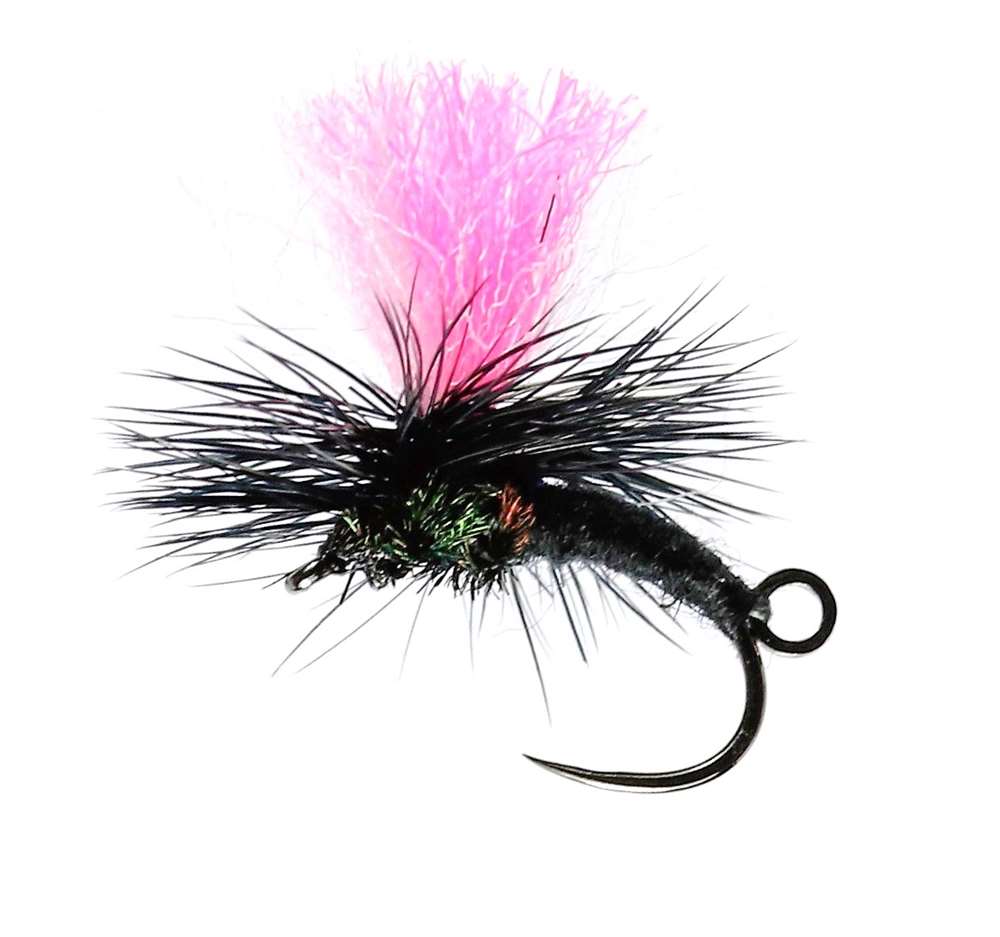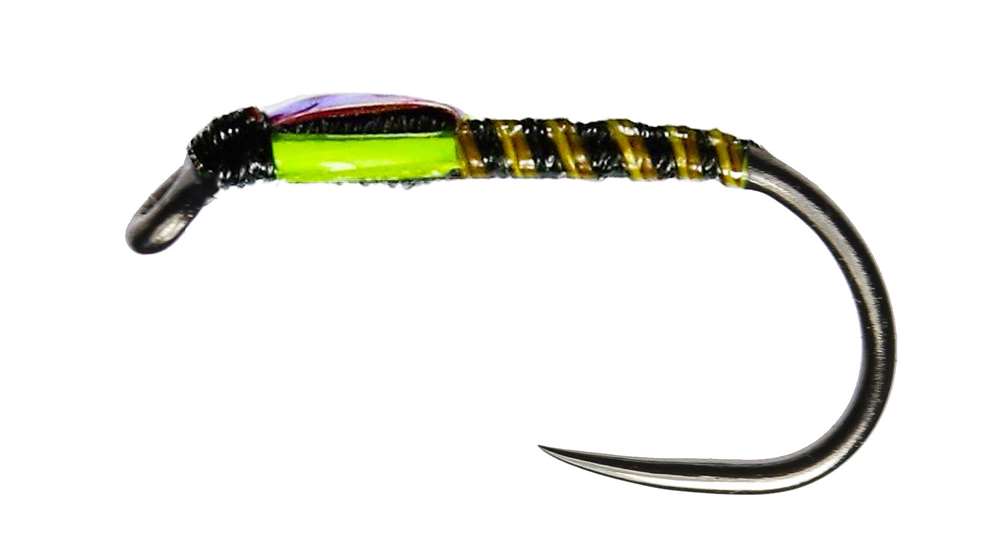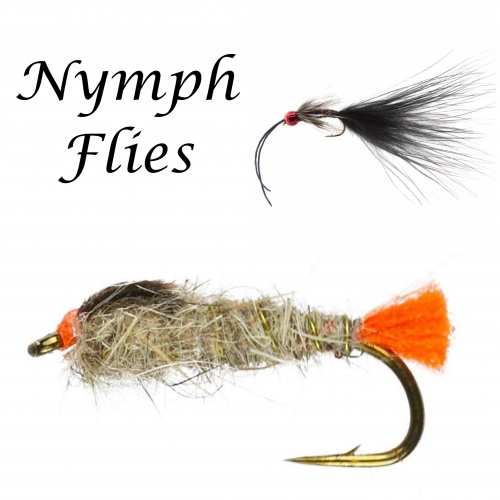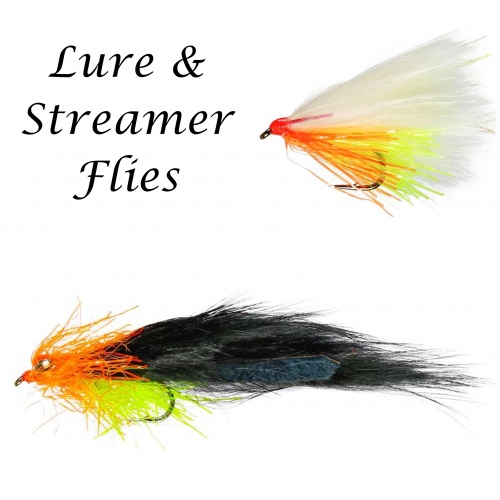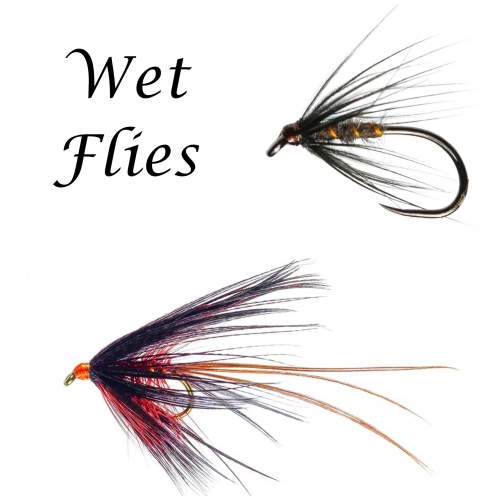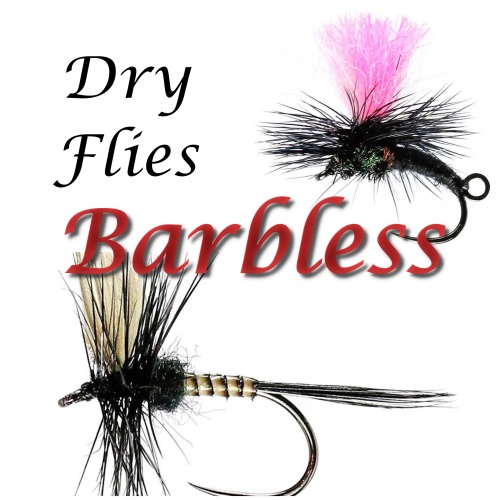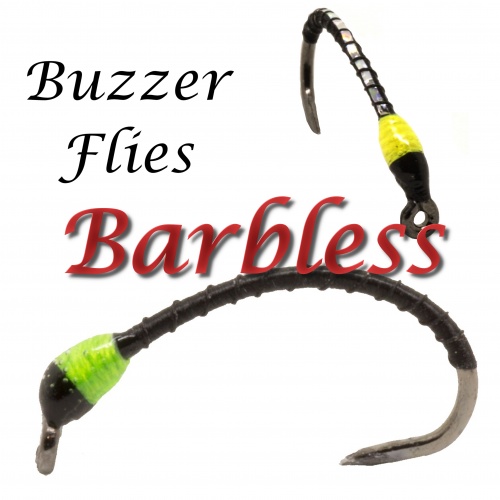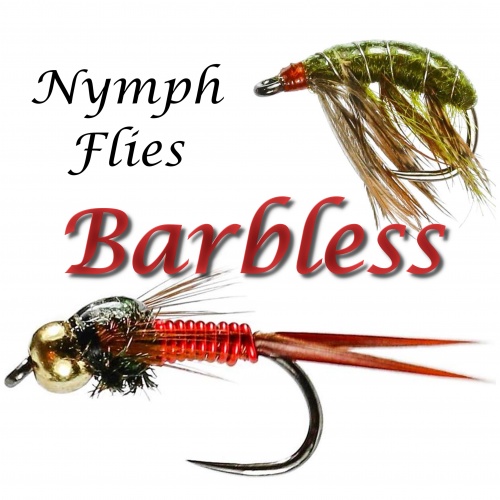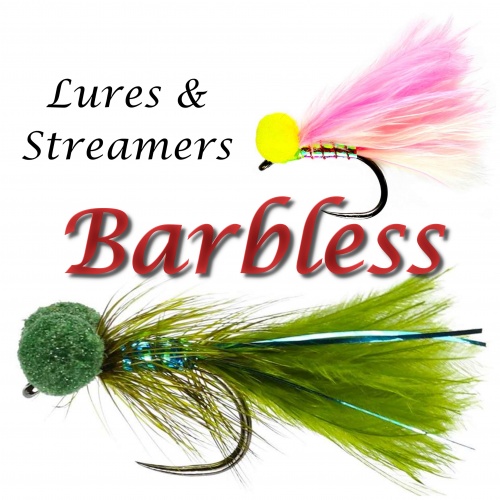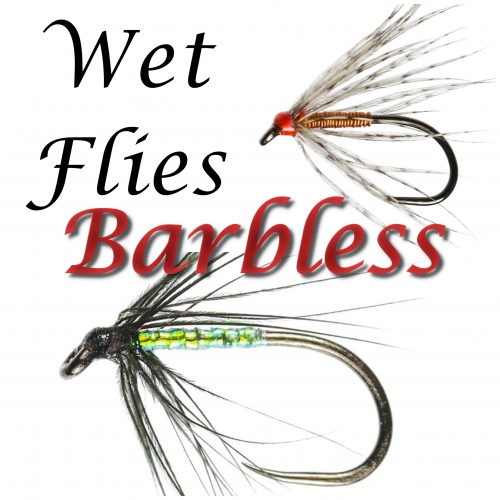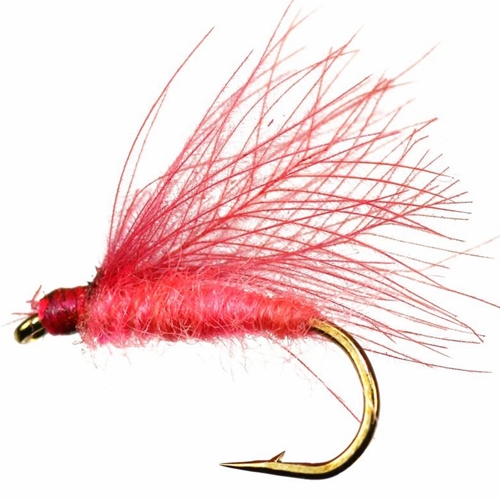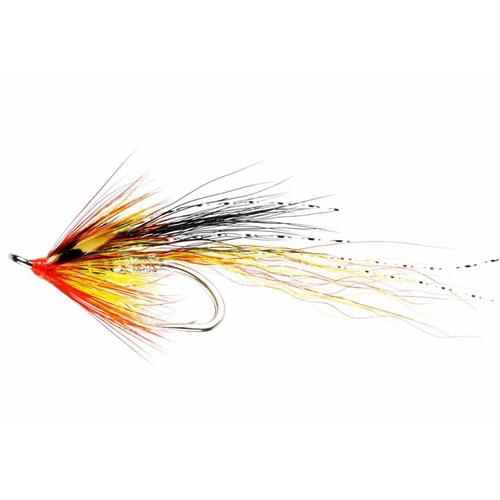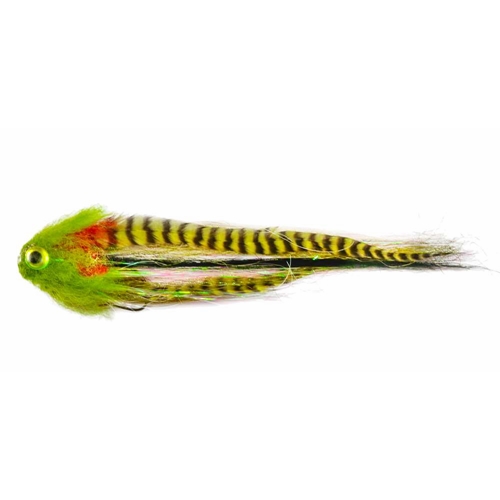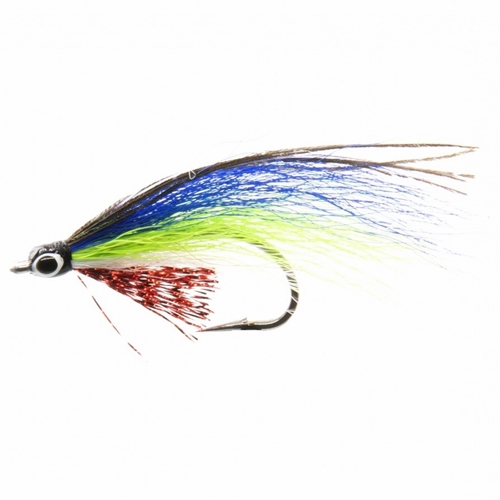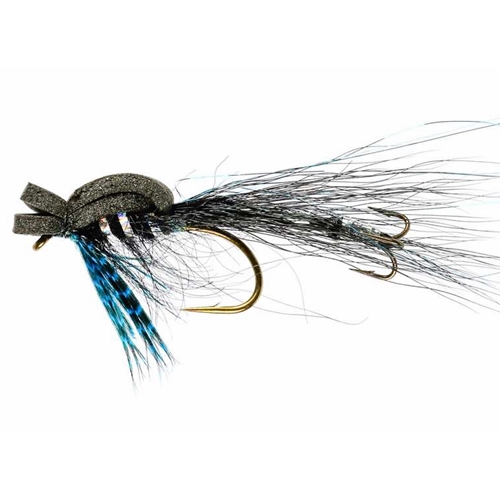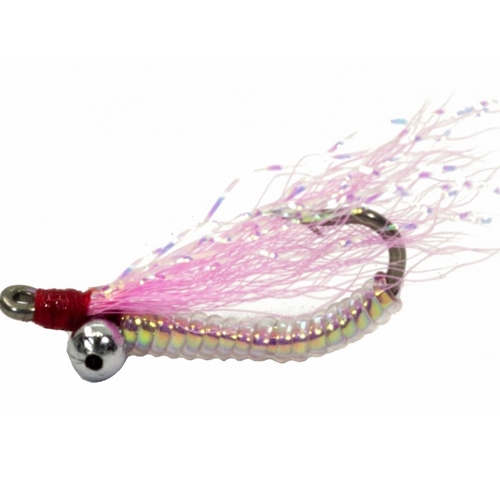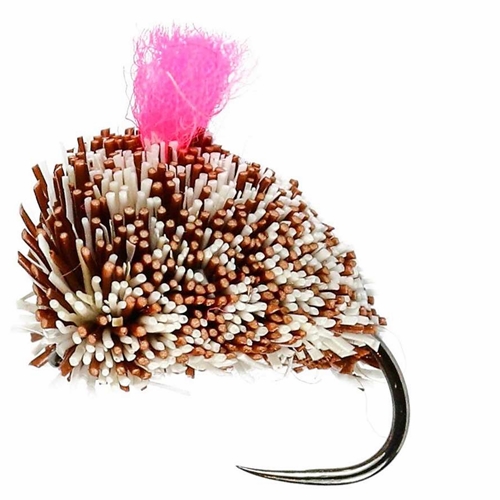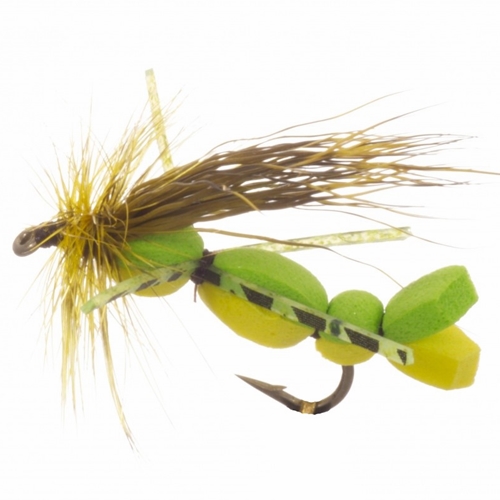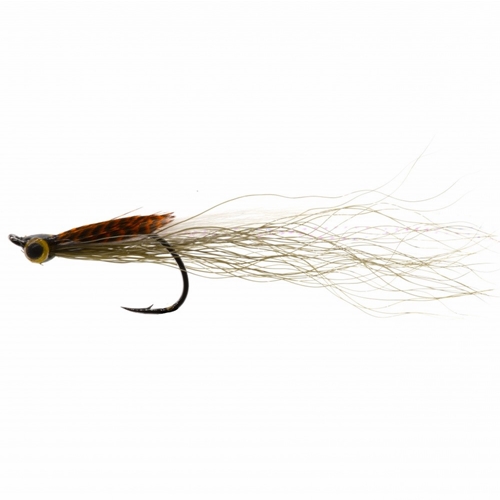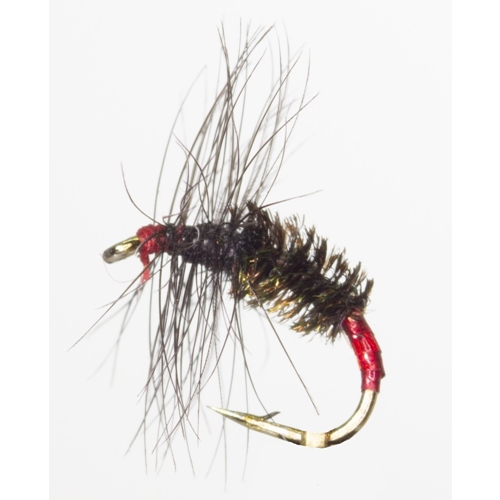Trout Feeding Patterns
The movements created by rainbow trout when feeding are a great identifier of what they are feeding upon. The challenge is the analysis of the rainbow trout's movement and identifying what the movement means. Amongst typical trout movements, we can study the following:
- "slash"
- "bulge",
- "surface break" ,
- "kiss"
Firstly, the "Slash"
This is one that will be heard by anglers regularly over the coming months and occurs during hatch time. This is certainly an exciting point in time for fish. Those nice great big and tasty flies over the surface level of the water, offers exciting fishing for us yet - well worth the crack.
Secondly, The "Bulge"
Frequently you may make out bulges 'travelling' crosswise the stream (i.e. from bank to bank) or lake. This shows that the fish are hunting for buzzers, frequently in middle water. Be aware of the bigger bulges show the 'origin' of the trout's location, and not the feeding zone.
Survey the bulges, look for directions of movement; one can be able to estimate the end place of the trout's movement, and so draw an imaginary line between the 2 points, giving you your objective.
When bulges are seen then exercise a buzzer trout fly or spider trout fly. In circumstances like this there are some great buzzers available from traditional patterns like Shipmans Buzzers which are best 'roughed up', give them a rub with velcrose to pull out fibres to keep them highly buoyant or our personal favourites Sandys Blank Buster Buzzers - deadly as many of our customers testify.
Colour can make a big difference according to the light conditions.
To find out more about which Blank Buster Buzzer to use and when, check out the table at the bottom of the Blank Buster Buzzer pages.
Next, Surface Break
Probably this is the most recognisable fish behaviour pattern we see. Most people can’t help but notice the familiar rise but will definitely spot or hear the lovely ‘plop’ as the fish breaks the surface having taking the insect! This ‘plop’ is actually due to the fish spotting and taking upwinged duns who are resting or floating on the water – probably just drying their wings before flying off. The trout are also probably after olives, black gnats or daddies, try the trout dry flies when you hear this key sound and look for where the trout is feeding. Present your trout dry fly upstream to drift onto the trout.
The trout will be lying in wait, actually only about 12” down and angling themselves upwards ready to dart themselves to the insect as quickly as possible. A great opportunity for anglers is the point at which the trout has taken their prey as they keep their mouths open for an extra second to allow the insect to wash through to their stomach and for the air to filter through their gills. So remember to pause before making the strike with your dry fly otherwise you’ll pull the artificial fly out of the trouts mouth!
For us there are banker flies - flies that will always lift trout in these situations and that is the klinkhammer trout flies. Many years ago on a course Oliver Edwards told me the importance of this fly "son keep some of these next to your emergency condom in your glovebox!". I remember it to this day as the Klinkhammer has proved over many years to lift trout with their great parachute and appearance of an emerger and if I cannot identify the specific fly being taken to match the hatch then I will drift Klinkhammers downstream.
Next, The Kiss!
This has to be one of the loveliest sounds heard by an angler (apart from a screaming reel that is!) The sound of a gentle kiss on the water surrounded by ripples is enough to make your heart sing! What’s actually happening is the trout has risen to the spent spinner of the female upwinged fly.

